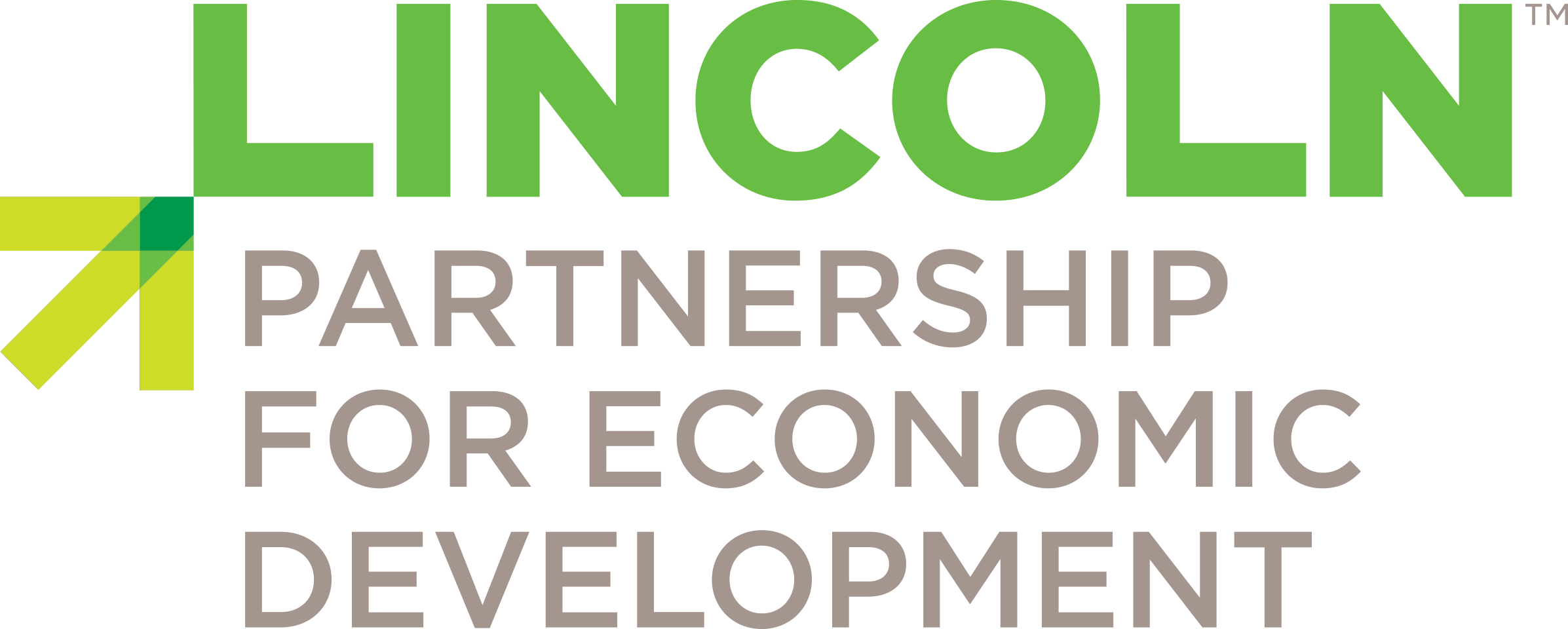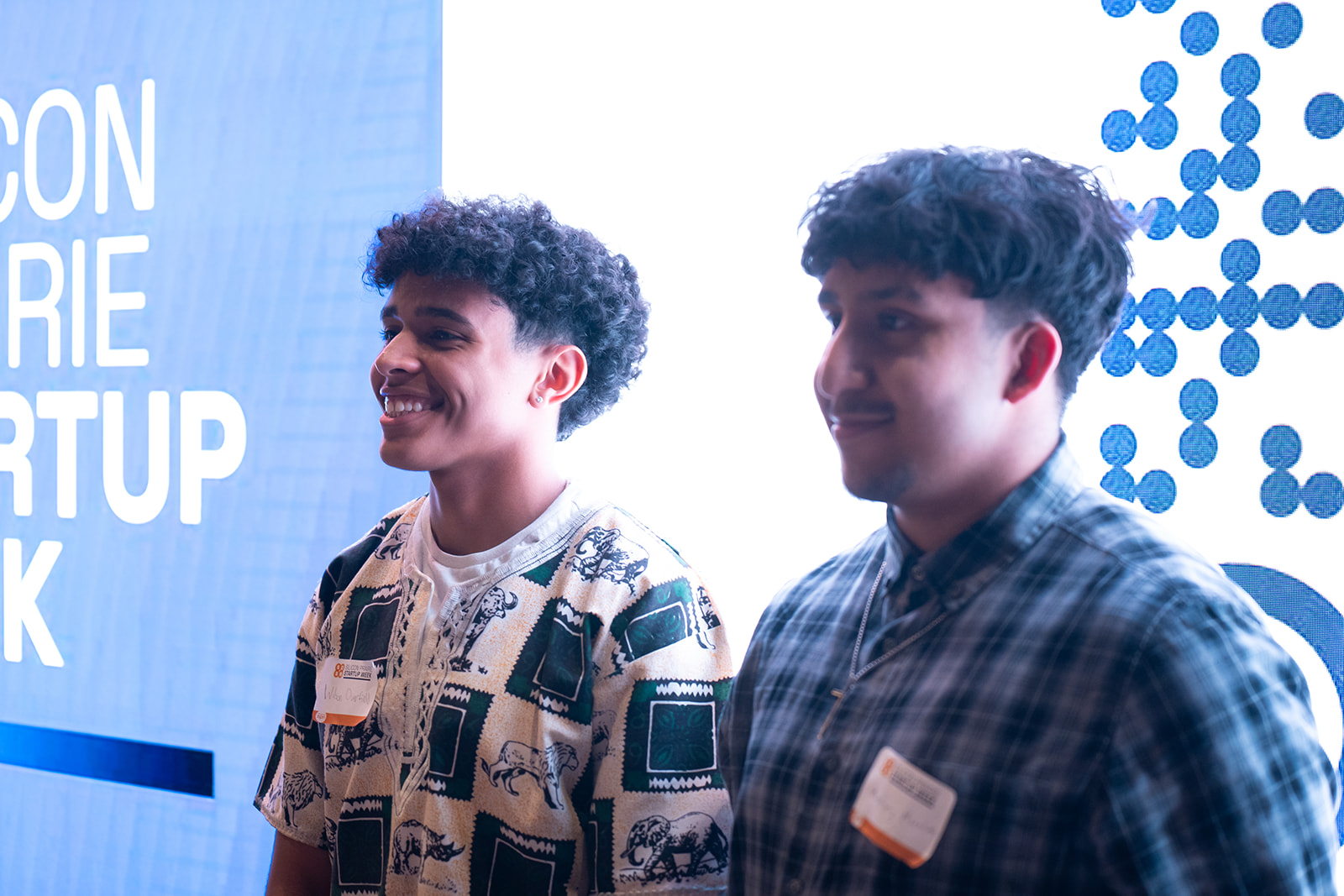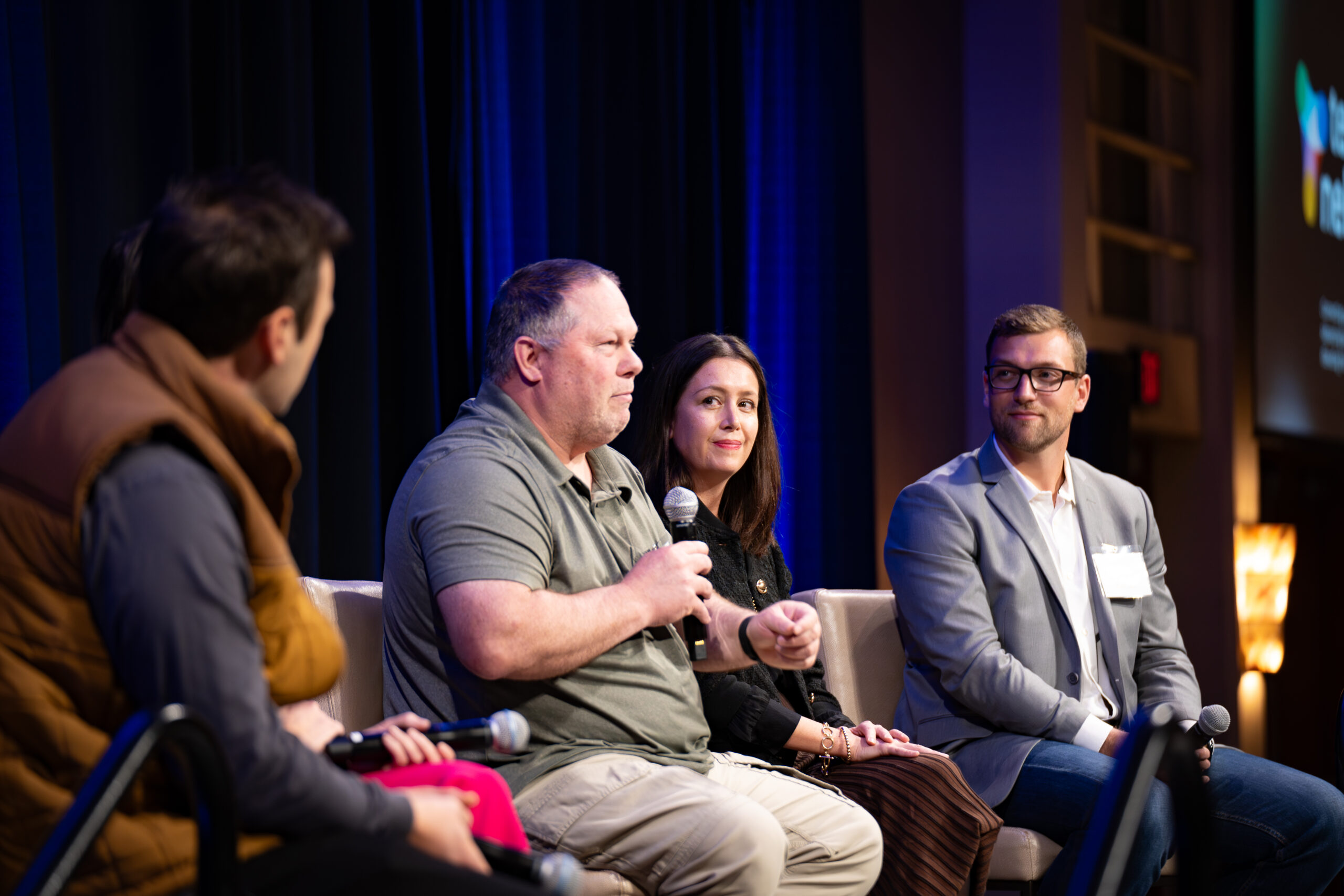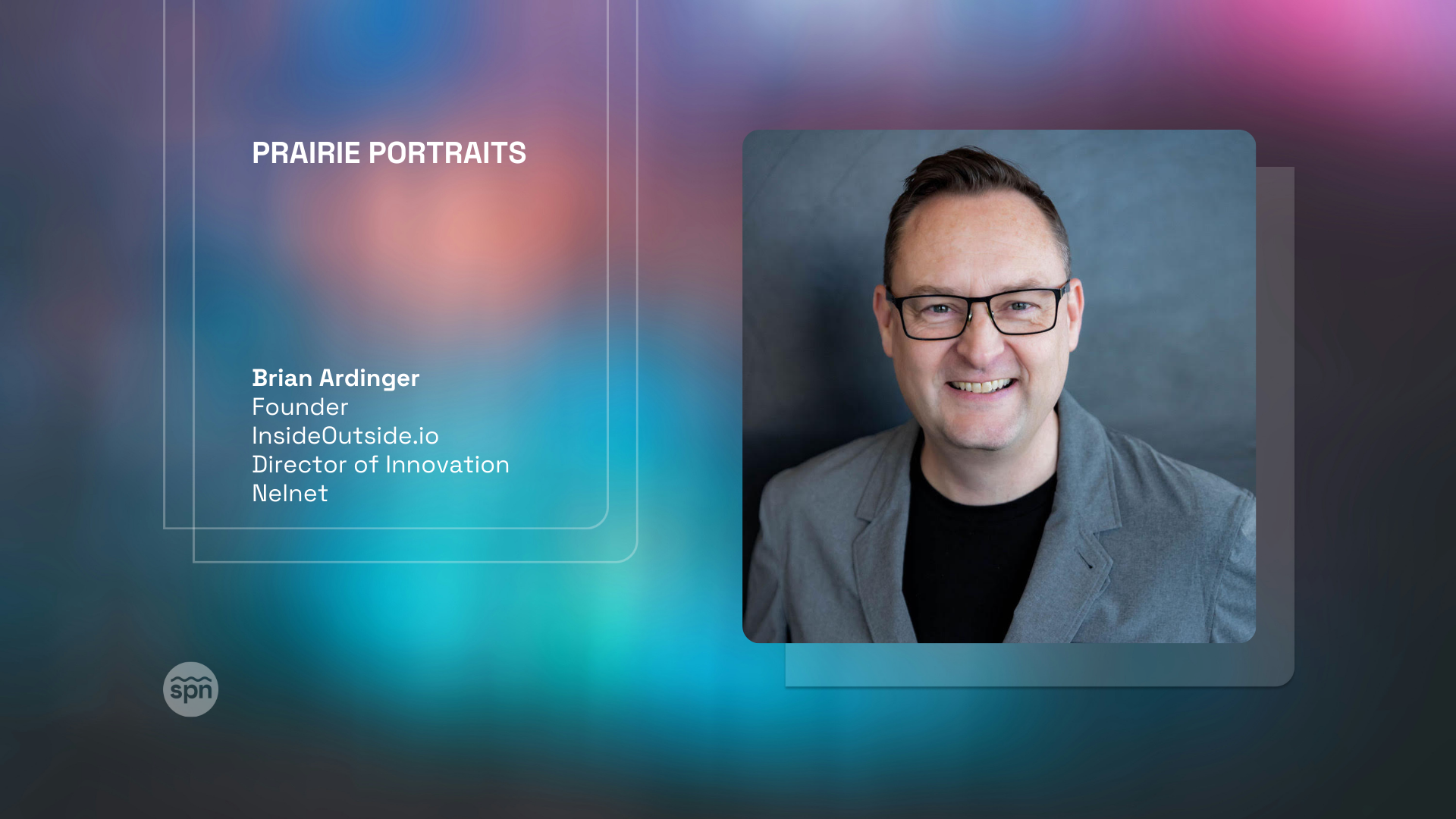I have known Karen Linder for many years, and she is an incredible entrepreneur. Many people do not realize that she has been growing a 3D printing company in Nebraska, called Tethon 3D, for the better part of this decade. The company is one of the leading suppliers of porcelain and hard to produce ceramic material to 3D printing companies to a variety of industries, including the aerospace industry – particularly the space part of aerospace. 
In August, Tethon was listed in an SEC registration filing as a recipient of money. At the time, we reached out to her to try to chat about what was going on with Tethon. It turns out that Jim and Karen had placed some more of their own capital into Tethon – but we chatted about Tethon none-the-less. And it is an amazing story.
In her own words, Karen Linder explains how she became and entrepreneur, what Tethon 3D is, and what the future holds.
What is your favorite part of being an entrepreneur?
The first thrill I had after leaving a traditional hospital environment was the freedom of wearing open toed shoes and having a candle on my desk. (But I did miss the cafeteria’s weekly Thursday carved turkey.) I love the entrepreneur lifestyle. And it definitely is a way of life – not a job. I’ve been an entrepreneur now for the past 19 years – the same number of years I previously spent working in a hospital. There is no turning back now.
Tell me about Tethon 3D. Where did the idea come from? Why did you start it?
Jim and I filed the corporate formation documents for Tethon Corporation in December of 2011 within a couple of weeks of meeting John Balistreri, the Omaha studio manager for ceramic artist Jun Kaneko. John gave a lecture at the KANEKO on his academic research in ceramic 3d printing that he worked on with Greg Pugh at Bowling Green State University. We were blown away by the technology!
John was on sabbatical in 2011 and living in Omaha at that time. I had sold my previous business, Heartland Pathology, two months earlier and Jim had recently changed to a half-time position with the University of Nebraska. Bowling Green State University was no longer going to support the research and John was looking for a way to commercialize the technology.
Jim and I recognized that there would be applications for John and Greg’s research in the medical field (our background). We were willing to form the new company, we both had time and energy to commit to it, and so we started the process of acquiring the necessary IP from BGSU. It was just a perfect timing and mix of skill sets for all parties involved to create something fantastic.
However, it took two agonizing years of negotiations before we finalized the full ownership of all BGSU IP. We began commercial operations in March 2014 – the same week that Jim was named interim President of the University of Nebraska. Greg Pugh stayed on with the company and John continued for two years as a consultant.
The original goal of using ceramic printing for medical applications became reality, but it is only 10-15% of our current client market segments.
What types of companies buy your products? What do they do with the 3D printed devices (if you can say)?
We sell 3D printing materials and printers to other companies who do the actual 3D printing in their facilities. Most of the time we don’t know what parts they are printing. Our clients work in a wide range of industrial segments including automotive, aerospace, energy, defense, electronics, consumer devices, medical/dental, and others. We also supply materials and hardware to researchers at universities, government labs, and all branches of the military that are performing research in these same industrial areas.
Parts made with our materials are all over the world and will soon also be in orbit. They are currently in the ocean in several places, including Project NEEMO (NASA Extreme Environment Mission Operations). Specific examples of ceramic parts that can be 3D printed are RF antennae, microfluidic devices, sensor protectors, support matrixes for catalyst reactions, electronic insulators, heat sinks, investment casting molds and cores, and laser shields.
What is the most rewarding part of Tethon to you?
I love that Tethon is a global company, located right here in Omaha. Forty-five percent of our revenue comes from over 40 countries outside the U.S. We’re the only company in the U.S. making ceramic 3D printing materials, and we sell the only desktop DLP ceramic 3D printer in the world. I love doing something that no one else does and busting through the previous limitations of traditional manufacturing.
Why did you raise outside capital?
We have not raised outside capital, but we may do an “A” round raise in 2020 to support expansion, provided that we do not exit. [SPN Note: The reason for this question was because Tethon showed up in the filings with the SEC as bringing in $1 million in funding. However, it was Jim and Karen’s angel fund – LINSEED CAPITAL – that placed this capital.]
As you explore the next couple of years, what kind of milestones do you think are relevant? Likely?
There are milestones for production, revenue and resources. Our revenue milestone is to grow by over 400% in the next year. This will be met by continual release of new materials and hardware. The global 3D printing market is growing at 21% annually and there are only a handful of players in the ceramic 3D printing segment. We are also focused on moon shot technology applications and will continue to build our company to address “impossible” projects.
Resource milestones include personnel and facilities. We’ve hired 3 people since August, two materials engineers and one business development position. We needed to hire a sales team yesterday, but waited to get a good baseline established for our hardware division. We will invest in sales and marketing heavily in 2020.
We’re moving into a new industrial facility near 120th and L Street before the beginning of the year. In this new site, we are upgrading our manufacturing equipment and capacity. We have milestones targeted for the number of tons of ceramic powder we produce and the number of gallons of ceramic resins we manufacture. Watch for an Open House announcement in a few weeks!
You are incredibly active in the Omaha startup scene. How do you think it is going/growing? What would you like to see change?
Omaha’s startup scene is awesome! With unemployment so low, it’s kind of surprising that it’s still as active as it is. I’d love to see some of the prominent philanthropists in Omaha get involved in angel or venture investing. We have a very strong charitable giving community here, and angel investing makes an equally beneficial impact on the well being of our city. I’m happy to mentor any Angel wanna-be!
Thank you to Karen Linder for sharing her insights regarding entrepreneurship, Omaha, and Tethon 3D. Excited to have such a great entrepreneur building something in the Silicon Prairie.




